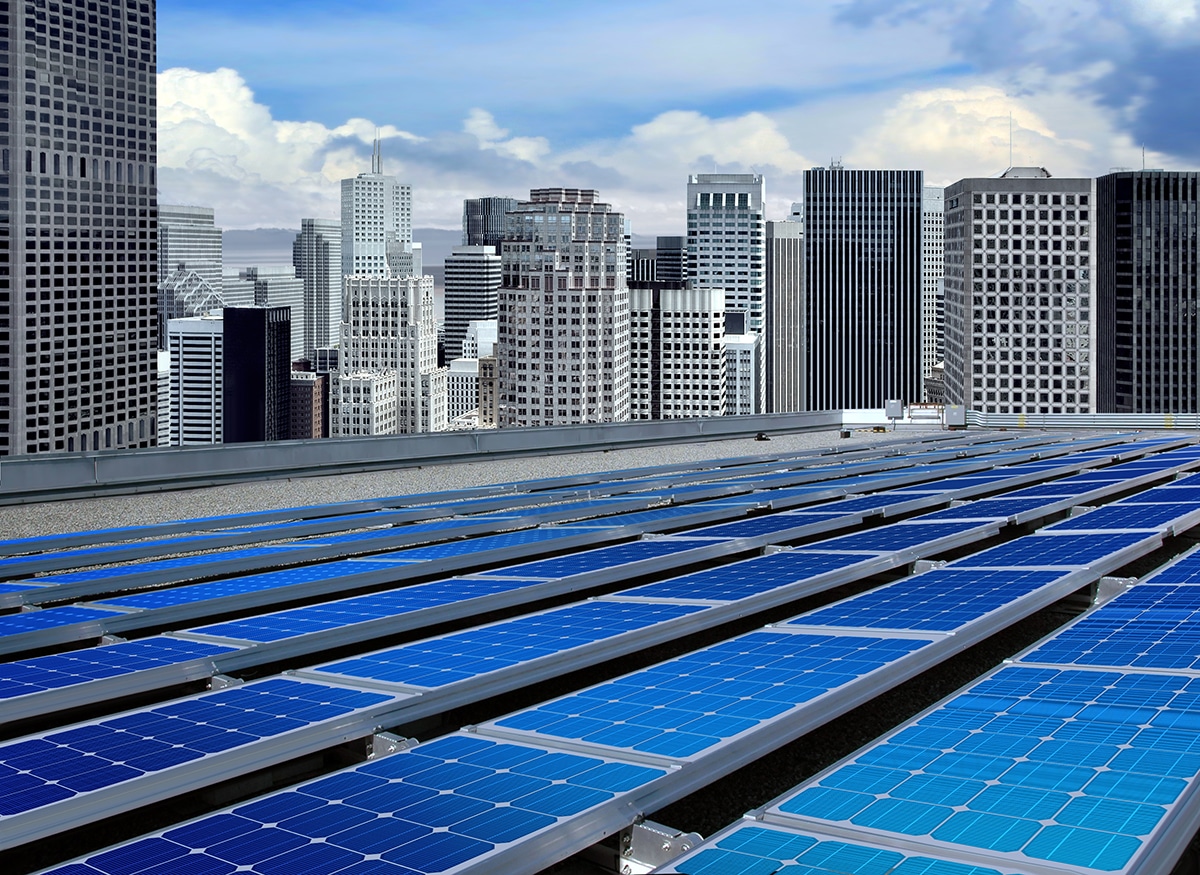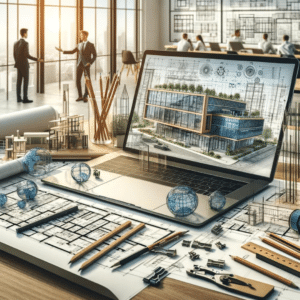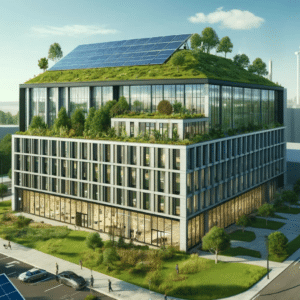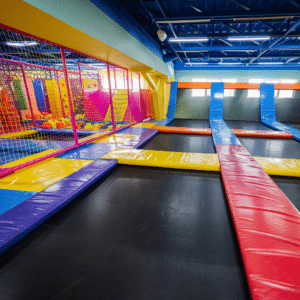Did you know, 40% of the total US energy consumption comes from residential and commercial buildings? As a result, many modern-day architects strive to create innovative designs that minimize the building’s impact on the environment. The current philosophy of sustainability in architectural design encourages environmentally conscious decision-making at all phases of the building process. By integrating a holistic approach, architects provide eco-friendly building solutions that protect occupants and the surrounding ecosystems.
What is a LEED Building?
The US Green Building Council certifies and rates buildings for Leadership in Energy and Environmental Design (LEED). This globally recognized rating system promotes a whole-building approach to sustainable architecture. To be certified, a building must meet particular prerequisites and earn credits based on specific criteria.
Sustainability in Architectural Design
Sustainable building design focuses on energy efficiency, waste reduction, and environmentally friendly building materials. The goal is to offset the negative impacts buildings have on the environment. Although initial costs tend to be higher, building owners see cost reductions through energy savings, waste reduction, and lower maintenance costs. Moreover, it improves working conditions for the building’s occupants.
Energy Efficiency
The business sector has seen an acceleration in energy consumption over the past several decades, especially in the medical and educational industries. This rapid growth is due to an increase in the electrical equipment used in various facilities. For example, commercial buildings need power for heating, cooling, lighting, computers, etc.
Evidence-based developments have led to state and federal efficiency standards and ENERGY STAR appliances. We have also seen significant advancements in the realm of lighting. For example, LED lighting uses 75% less energy than incandescent bulbs. At the end of the day, energy-efficient buildings save money and electricity.
Responsible Waste Management
Decisions made as part of the sustainable architectural design process influence the way a commercial building manages waste. The schematic building design should include a solid waste management plan that continues through construction and occupancy. For example, the architect and general contractor can work together with the building owner to create onsite reuse systems.
Water Conservation
Areas with dry climates have seen unprecedented droughts in recent years. So, when it comes to sustainability, water conservation is an essential element of the architectural process. Buildings can save water by reducing, reusing, and recycling. Features such as low-flow plumbing, rainwater harvesting, and gray-water reclaiming go a long way in saving water for the building and the planet.
Resiliency
Architectural resiliency refers to a structure’s ability to withstand natural disasters. In the face of climate change, architects are faced with the challenge to design buildings that can withstand increasingly devastating floods, hurricanes, and wildfires while maintaining aesthetics, functionality and accessibility. For example, due to the increased regularity of major storms along the Eastern Seaboard such as SuperStorm Sandy, architects have implemented a variety of creative measures to protect against hurricanes and and flooding.
Start Your Sustainable Design Today
At Guzzo Architects, we provide creative design solutions with sustainability in mind. So whether you are designing a restaurant or expanding your campus, we are here to help you meet your green building goals. Call 201-939-1446 today.








